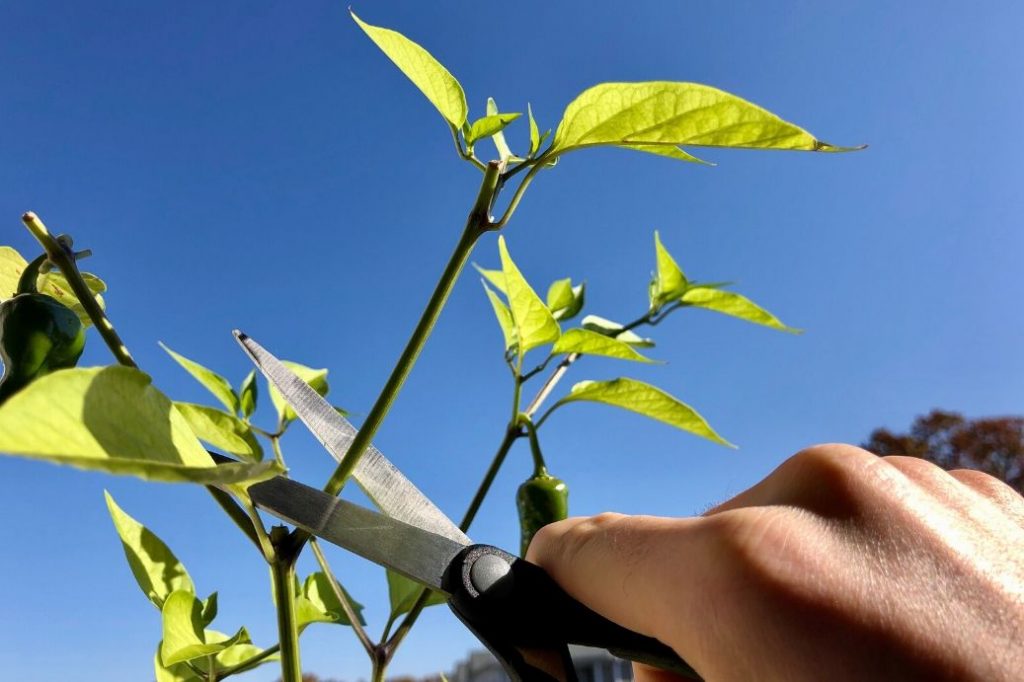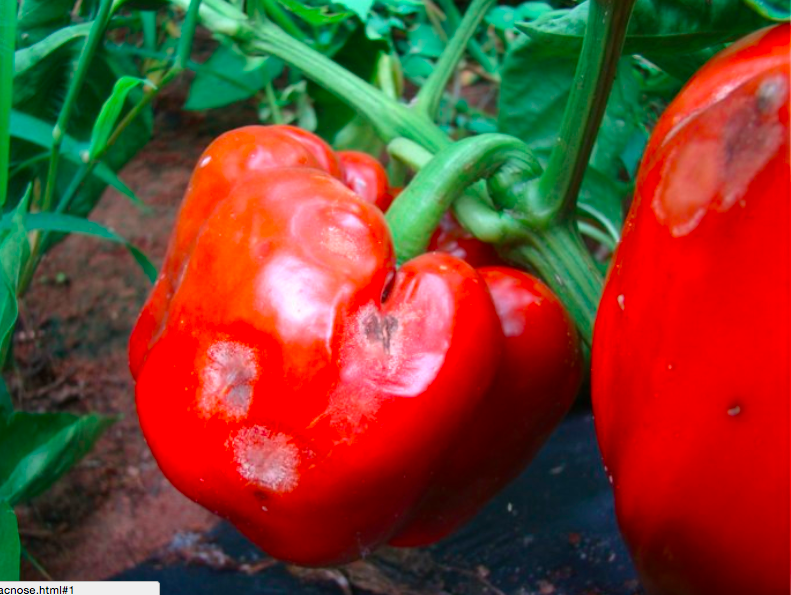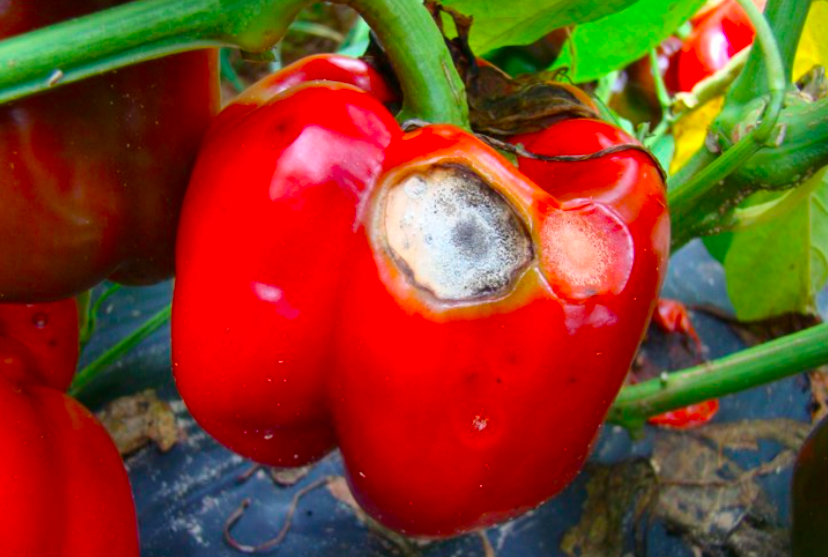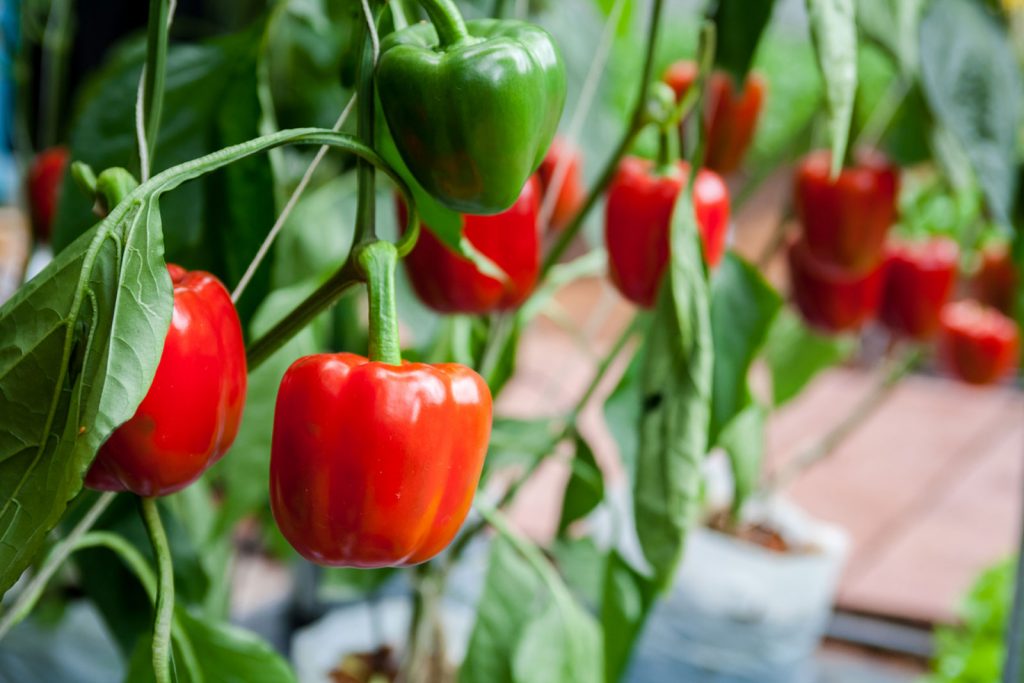Bell Pepper crop is mainly grown when the weather is warm. These crunchy Bell peppers have some sweetness in them however they lack a component called capsaicin that gives it the heat. The external skin of the bell peppers is very smooth and provides a shield to crunchy flesh present inside.
Bell Peppers are hollow from inside and have so many seeds in the middle, attached to the white-colored membrane that lies along the wall. These are also known as the colored capsicum that is mainly red, yellow, and green. These have vitamin C and vitamin A in them.
Organic capsicum farming needs a temperature of 15 to 25° celsius and these grow very well at a height of about 2000 meters above the sea level. Bell Peppers can be grown in greenHouses and in greenHouse cultivation one can get up to 120 tonnes of yield to each hectare.
Climatic conditions for growing bell pepper:
Bell Peppers can be cultivated in cool as well as warm conditions however extreme weather conditions are intolerable. So in summers to avoid too much heat, shading can be done. 20 to 25° C is the best temperature for germination as well as fruit set.
Selecting the planting stuff for bell pepper plantation:
First of all, all the materials that you select for planting should be healthy. All the stuff should be diseases and pest resistant. Coming to the seedlings, for bell pepper plantation, the age of seedlings should be about 40 days. The seeding should be up to 20 cm long.
The crop should have a fine rooting system. The stem of the seedlings should possess a few leaves on it during the plantation. Selecting a good variety of all the planting material is very important for good quality fruit and high yield as well as good production.
Must Read: How to Germinate Chilli Seeds
Soil preparation for bell pepper:
The soil has to be properly loosened and make a nice tilth. After this beds are prepared to have heights of 45cm and 75cm wide. But before this step either vermicompost or properly decomposed organic matter along with sand and sawdust should be added to the soil.
Afterward, the beds are soaked with 4 Percent of formaldehyde and then are protected with polythene for about 4 to 5 days. Later on, these polythene covers are removed. Then the beds are to be raked regularly every day to remove the fumes of formaldehyde that are stuck in the soil. Sandy and loamy soil are best for these capsicums. For bell pepper, the pH of the soil should be 6.0- 6.8. Along with all these, this plant also requires a lot of care.
Planting and Pruning of bell pepper:
When the seedlings are completely ready, then these are planted in the rows that maintain a distance of 60cm between them and the distance between the plants has to be 30cm. Imidacloprid is sprayed on the seedlings to prevent any pest infestation.

During plantation, the bed should be watered, as the bed has to be completely wet during this process. After this, the seeds have been sown in two lines on the beds. Plastic mulches can also be used for this purpose as it also helps in controlling weeds and saving water.
Irrigation of the bed has to be done daily until the seeds are set up well. Later on, the drip irrigation method is used to irrigate the field with 2 to 3 liters of water to each square meter every day.
Pruning is started after about 20 days of plantation and this has to be done after every 7 days.
After the completion of 4 months, this activity has to be done once in 10 days. The seedlings of bell pepper are planted in a zig-zag pattern on the beds.
Diseases of bell pepper:
Mainly the disease is fungal diseases that include damping off, grey mold, pythium, powdery mildew, fruit rot, etc.
Damping-off:
This is a disease of seeds that occurs when the plant has just started to grow. Pythium and Rhizoctonia solani are carriers of this fungal disease. In this disease, fungi destroy the root system of the plant. Some plants having this disease may have the potential to grow mature however these fungi will cause root rot and gradually kill the plant.
Growing the seedlings in an inert medium can help avoid this fungal disease however the reason for this disease can be poor sanitation in a greenhouse or improper soil, or climate or not irrigating on time can also be responsible for this.
When this crop is grown at a commercial level, the seedlings are transplanted from the greenhouse to Rockwool where the best conditions are provided and chances of any disease are also very less. Selecting fresh and healthy seeds and growing the plant under ideal conditions can help control the disease.
Root rot or pythium crown disease:
This disease is not very common and usually occurs after the dumping of the disease. The main reason for this disease is stressful conditions in the greenhouse. This disease can be under control by growing the plant in ideal conditions and maintaining the temperature in the root zone and irrigating them from time to time.
Fusarium stem or fruit rot:
In this dark brown soft, and black lesions appear on the stems. This fungal disease is mainly caused by Fusarium solani. These black lesions may also be seen around the calyx and this degrades the quality of food.

To avoid this fungal disease, the greenhouse should be neat and clean and some sanitation should be exercised to prevent fruit rot. The plants that are infected should be immediately and carefully removed from the greenhouse to avoid the spread of disease to every plant.
The greenhouse should be properly ventilated so that it has good air circulation and talking about the humidity, it should not rise more than 85 percent otherwise it will be harmful.
Also Read: Why Are Bottom of Tomatoes Turning Black: Blossom End Rot
Gray mold fungal disease:
The fungus Botrytis cinerea is responsible for gray mold disease. It is a very common disease. High humidity and bad air circulation favor this disease. In this disease, the fungi get into the crop from the wounded area where greenish colored lesions develop.

These lesions griddle the stem and the plant dies at the end. The gray mold infection is usually found in the wounded area or calyx in the beginning. To avoid this fungal infection, proper air circulation has to be maintained and the relative humidity should not be more than 85 percent.
Powdery mildew:
This is the next disease of bell pepper. This disease is mainly caused by Leveilluta Taura. This disease was first reported in Canada. In this disease, the overall crop yield decreases by 10 to 15 percent. In this disease, the white powdery layer can be seen on the surface of the leaf.
These were some of the fungal diseases and their symptoms and control. Next comes the diseases caused by viruses.
- PMMV:
Pepper mild mottle virus: In this disease, any part of the plant can get infected. This disease is very difficult to detect until the plants start fruiting. In this disease further, the growth of a plant can be infected. Symptoms of this fruit occur well before the stunting symptoms and include the development of obvious bumps on the fruit as well as color streaking and green spotting when the fruit matures to color. The fruit is very sharp from the corners and may also develop sunken brown areas on the external skin.
Daily use of skim milk as a dip while handling the plants helps to prevent the spread of the virus in the crop. Skim milk has the protein that helps to bind to the virus and disables it. The virus is secure in the sap of the plant. This virus easily expands from plant to plant.
Once the plants start fruiting, PMMV (pepper mild mottle virus) can be easily detected in the plant through its symptoms on the vegetative parts of the plant. Infected plants should be pulled out very carefully and crushed because the virus can survive in a dry plant also. If all plants bear normal fruit, then it means that the plant is known disease-free and the use of skim milk can be stopped.
- Tobacco mosaic virus (TMV)
Tobacco mosaic virus disease can be found in greenhouse pepper throughout the world. Initially, the symptoms of this virus can be noticed on the surface of the leaf-like an injury with the main veins. Along with this wilting and leaf drop can also be observed. Also when the new plants start growing, then also these symptoms and this disease can be found in the plant and even it degrades the growth of a new plant.
To avoid this virus disease-free seeds should be used. The utility of skim milk dip can be helpful. The fully grown plant may carry the disease without showing any symptoms of the disease plants.
- Tomato spotted wilt virus (TSWV)
Tomato spotted wilt virus TSWV has a long list of hosts that upsets almost 300 different species of plants. Thrips are the main reason for the spread of this virus, these thrips are the main problem in the greenhouse plants.
There are blackish-brown round shaped spots or tan spots that are surrounded by a black margin.
When the fruit ripens, the color of the fruit changes with orange to yellow spots having a green margin. Green spots can also be noticed at the backside of the ripened fruit that is red, yellow, or orange.
Control of this virus:
This virus can be controlled by checking on the thrips and controlling them. In the starting, knowledge about thrips control and the other reasons for the spread of this disease should be gathered. One should take care of all the symptoms to avoid the disease.
Check on weed is also very important as if you don’t cut off the weeds it will suck all the necessary nutrients and the plant quality will degrade. Ornamental plants should be kept away from the greenhouse as they can also be a source of the virus.
Harvesting of bell pepper:
The activity of harvesting can be initiated after completion of 2 months after plantation. However red and yellow capsicums take 3 months to become mature. Harvesting is done at the interval of 10 days and is carried out for almost 200 days.

After harvesting these can be stored in a cool place. These fruits are wrapped properly and then stored at a temperature of about 8° C and can be stored maximum for two months. After wrapping the capsicums, these can be packed in cartons of different sizes according to the need.
Tips for growing bell peppers:
- Mulching should be done from time to time and properly for good quality and high production.
- Irrigation also has to be done properly as bell pepper needs deep watering. Especially in dry conditions watering should be done on time otherwise the fruit will taste bitter.
- Bell Peppers are warm climate crops and need proper sunlight for good growth.
- Using the correct fertilizer is very important as this greatly affect the crop yield
- Staking is not compulsory in bell pepper however it can help the crop to keep it off the floor.
- Keeping a check on the pests is very important to avoid the diseases and hence suitable insecticides or pesticides should be used
Conclusion:
Bell pepper farming is a very fun activity as well as a profitable business. One should take care of all the necessary activities and take proper care of the crop.

